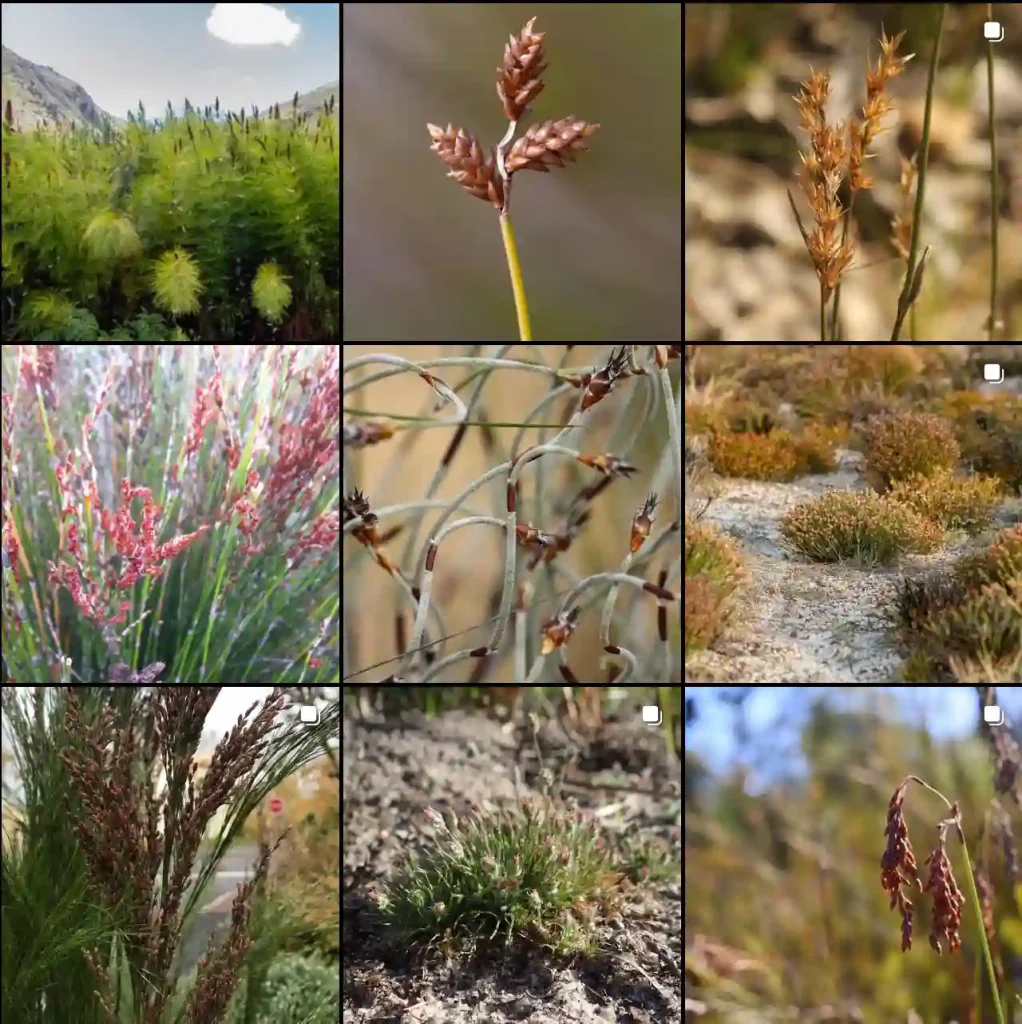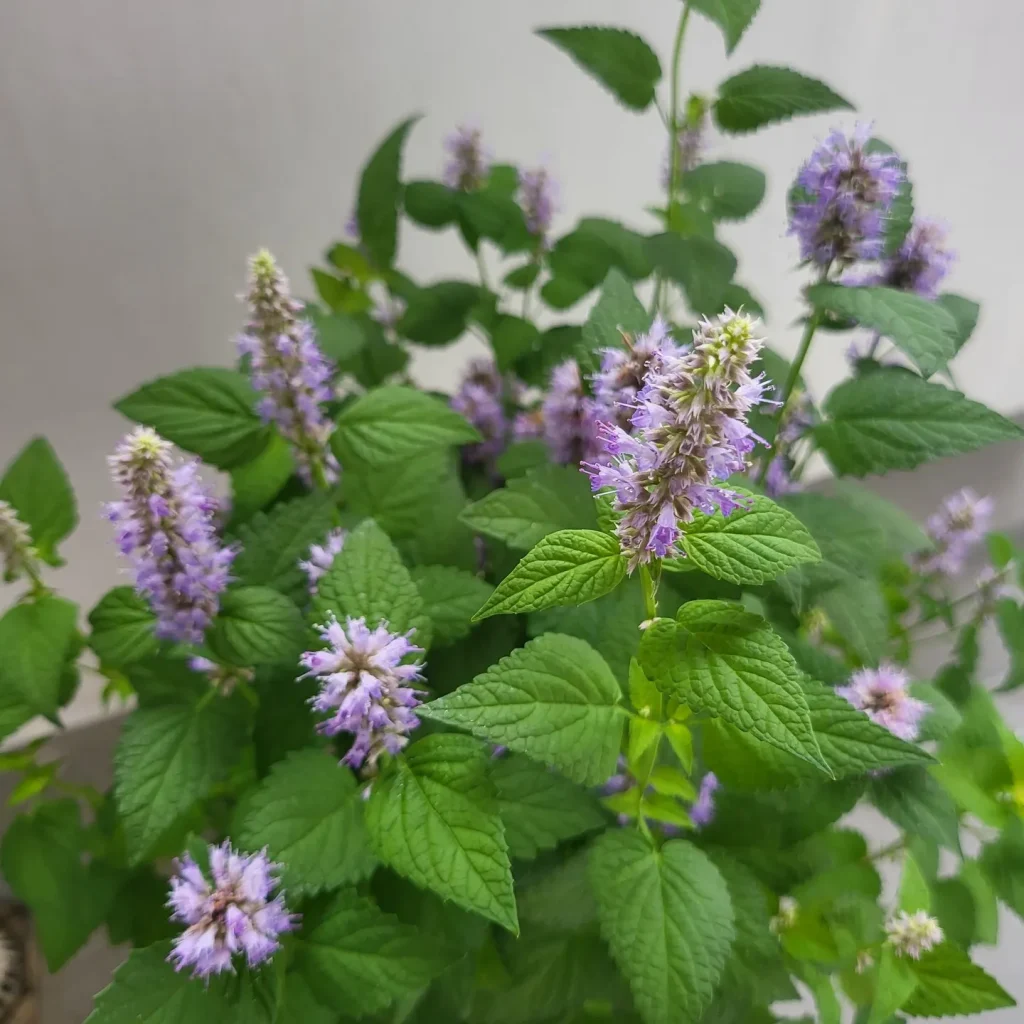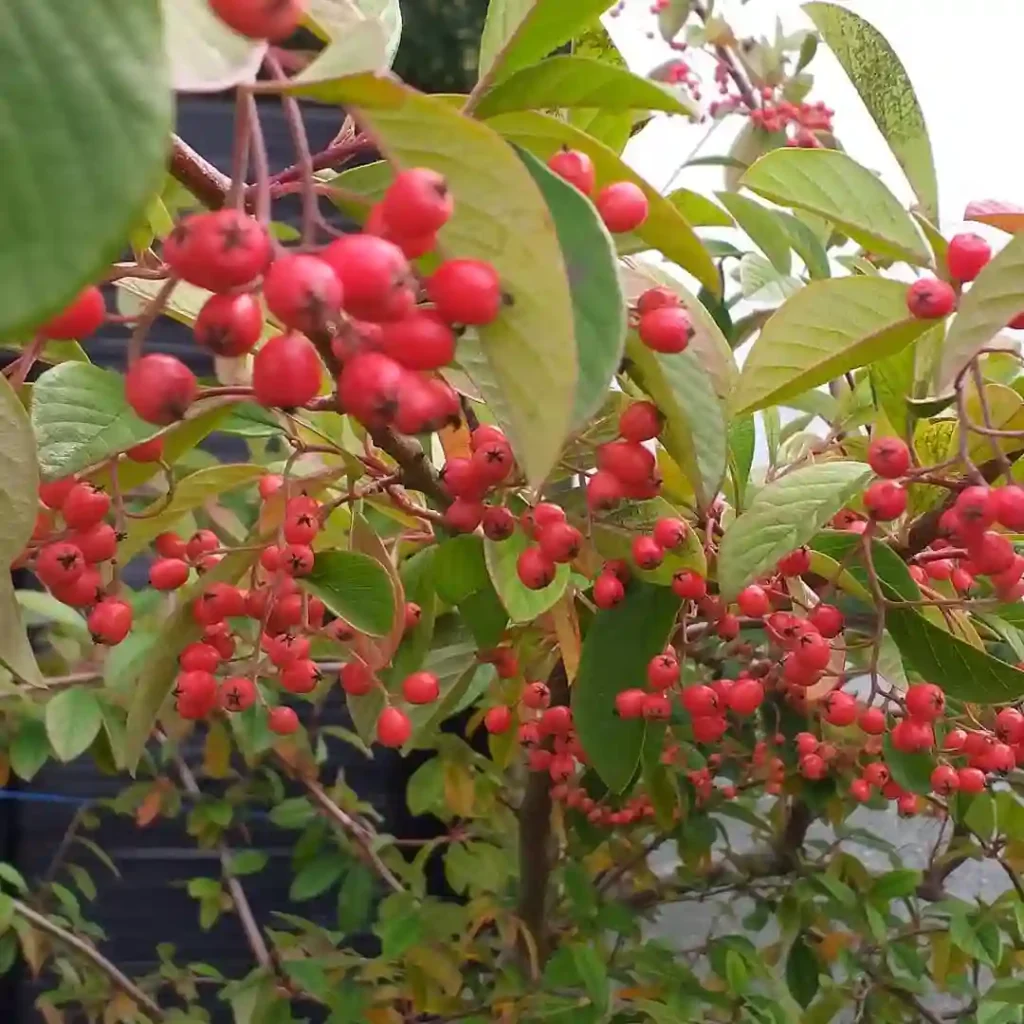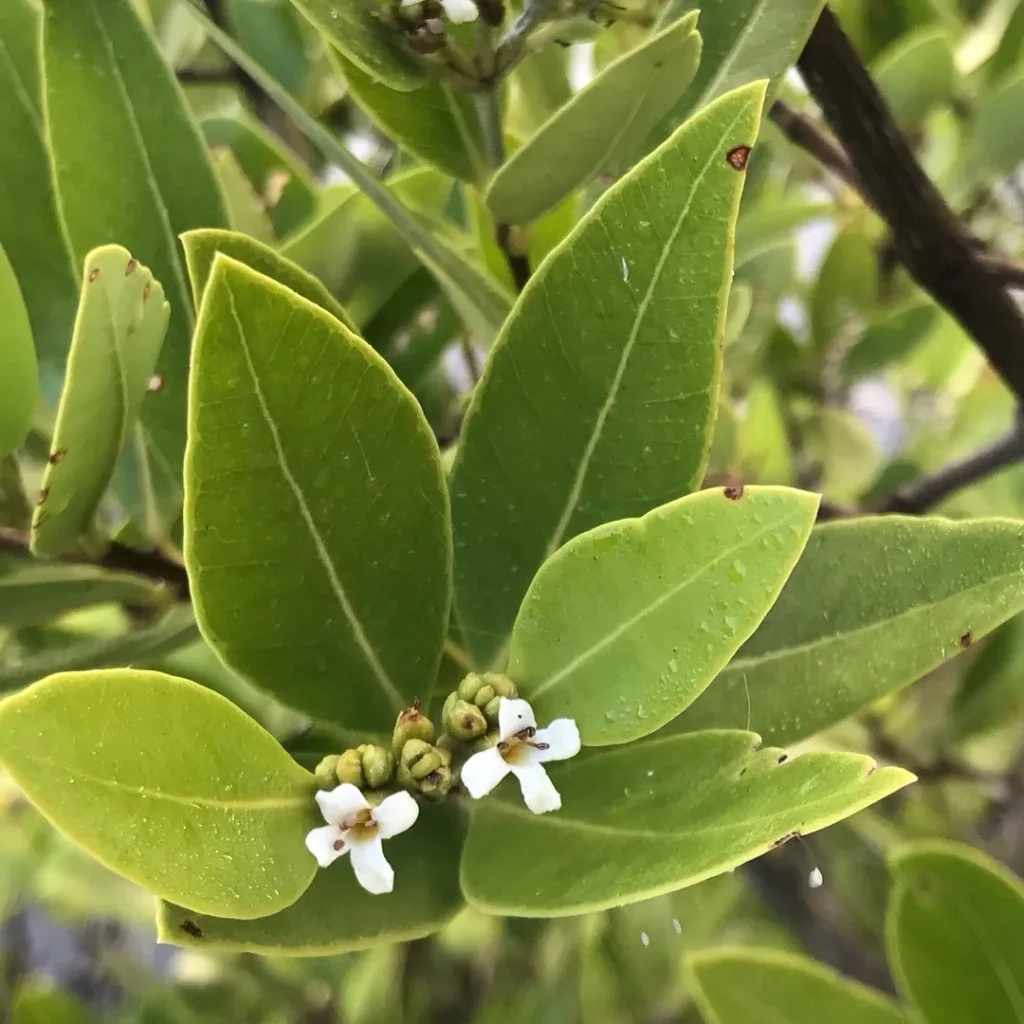The Alluring World of Vanilla: More Than Just a Flavor
Hi, I’m Ferb Vu, and today I’m diving into the fascinating world of the Vanilla genus. Most people know vanilla as that sweet and comforting flavor in ice cream and cakes, but there’s much more to this plant than meets the eye. It’s a captivating genus belong to the Orchidaceae family, boasting over 100 species with diverse characteristics and uses. Let’s explore these fragrant wonders together.
A Tropical Tapestry: Origins and Habitats
Vanilla orchids are primarily found in tropical and subtropical regions around the globe. Imagine lush rainforests in Central and South America, steamy jungles in Africa, and humid landscapes across Asia – these are the natural habitats of these climbing vines. They thrive in warm temperatures and humid environments, often using trees as support to reach for sunlight.
More Than Just Planifolia: Discovering the Diversity
While Vanilla planifolia is the star of the show, responsible for the vanilla flavor we all adore, it’s just one member of a large family. Here are:
- Vanilla abundiflora J.J.Sm.
- Vanilla acuminata Rolfe
- Vanilla acuta Rolfe
- Vanilla africana Lindl.
- Vanilla albida Blume
- Vanilla allorgeae C.F.Andriam. & Pailler
- Vanilla andina Damian & H.Garzón
- Vanilla angustipetala Schltr.
- Vanilla annamica Gagnep.
- Vanilla aphylla Blume
- Vanilla appendiculata Rolfe
- Vanilla arcuata Pansarin & M.R.Miranda
- Vanilla armoriquensis Damian & Mitidieri
- Vanilla atropogon Schuit., Aver. & Rybková
- Vanilla atsinananensis C.F.Andriam. & Pailler
- Vanilla barbellata Rchb.f.
- Vanilla barrereana Veyret & Szlach.
- Vanilla bertoniensis Bertoni
- Vanilla bicolor Lindl.
- Vanilla borneensis Rolfe
- Vanilla bradei Schltr. ex Mansf.
- Vanilla calamitosa D.N.Carvalho, Meneguzzo & Van den Berg
- Vanilla cameroniana Damian
- Vanilla capixaba Fraga & D.R.Couto
- Vanilla cardinalis Aver. & Nuraliev
- Vanilla ceronii Dodson ex Szlach. & Kolan.
- Vanilla chalotii Finet
- Vanilla chamissonis Klotzsch
- Vanilla claviculata Sw.
- Vanilla cobanensis Archila
- Vanilla columbiana Rolfe
- Vanilla corinnae Sambin & Chiron
- Vanilla costaricensis Soto Arenas
- Vanilla coursii H.Perrier
- Vanilla crenulata Rolfe
- Vanilla cribbiana Soto Arenas
- Vanilla cruenta (Aver. & Vuong) Karremans, Damian & Léotard
- Vanilla cucullata Kraenzl. ex J.Braun & K.Schum.
- Vanilla decaryana H.Perrier
- Vanilla decesareae Ormerod & Cootes
- Vanilla diabolica P.O’Byrne
- Vanilla dietschiana Edwall
- Vanilla dilloniana Correll
- Vanilla dressleri Soto Arenas
- Vanilla dubia Hoehne
- Vanilla dungsii Pabst
- Vanilla edwallii Hoehne
- Vanilla espondae Soto Arenas
- Vanilla fimbriata Rolfe
- Vanilla francoisii H.Perrier
- Vanilla giulianettii F.M.Bailey
- Vanilla grandifolia Lindl.
- Vanilla griffithii Rchb.f.
- Vanilla guianensis Splitg.
- Vanilla hallei Szlach. & Olszewski
- Vanilla hartii Rolfe
- Vanilla havilandii Rolfe
- Vanilla helleri A.D.Hawkes
- Vanilla heterolopha Summerh.
- Vanilla hostmannii Rolfe
- Vanilla humblotii Rchb.f.
- Vanilla imperialis Kraenzl.
- Vanilla inodora Schiede
- Vanilla insignis Ames
- Vanilla javieri Bar.-Colm.
- Vanilla kaniensis Schltr.
- Vanilla karen-christianae Karremans & P.Lehm.
- Vanilla kempteriana Schltr.
- Vanilla kinabaluensis Carr
- Vanilla labellopapillata A.K.Koch, Fraga, J.U.Santos & Ilk.-Borg.
- Vanilla madagascariensis Rolfe
- Vanilla marmoreisense Soto Calvo, Esperon & Sauleda
- Vanilla marowynensis Pulle
- Vanilla methonica Rchb.f. & Warsz.
- Vanilla mexicana Mill.
- Vanilla montana Ridl.
- Vanilla moonii Thwaites
- Vanilla nigerica Rendle
- Vanilla norashikiniana Go & Raffi
- Vanilla ochyrae Szlach. & Olszewski
- Vanilla odorata C.Presl
- Vanilla organensis Rolfe
- Vanilla oroana Dodson
- Vanilla ovalis Blanco
- Vanilla palembanica Teijsm. & Binn.
- Vanilla palmarum Lindl.
- Vanilla parishii Rchb.f.
- Vanilla parvifolia Barb.Rodr.
- Vanilla paulista Fraga & Pansarin
- Vanilla penicillata Garay & Dunst.
- Vanilla perrieri Schltr.
- Vanilla phaeantha Rchb.f.
- Vanilla phalaenopsis Rchb.f. ex Van Houtte
- Vanilla planifolia Andrews Plant FAQs: Vanilla Plant – Vanilla Planifolia
- Vanilla platyphylla Schltr.
- Vanilla poitaei Rchb.f.
- Vanilla polylepis Summerh.
- Vanilla pompona Schiede
- Vanilla raabii Ormerod & Cootes
- Vanilla ramificans J.J.Sm.
- Vanilla ramosa Rolfe
- Vanilla ribeiroi Hoehne
- Vanilla rivasii Molineros, R.T.González, Flanagan & J.T.Otero
- Vanilla roscheri Rchb.f.
- Vanilla ruiziana Klotzsch
- Vanilla rupicola Pansarin & E.L.F.Menezes
- Vanilla sanjappae Rasingam, R.P.Pandey, J.J.Wood & S.K.Srivast.
- Vanilla sarapiquensis Soto Arenas
- Vanilla savannarum Britton
- Vanilla schwackeana Hoehne
- Vanilla seranica J.J.Sm.
- Vanilla seretii De Wild.
- Vanilla shenzhenica Z.J.Liu & S.C.Chen
- Vanilla siamensis Rolfe ex Downie
- Vanilla somae Hayata
- Vanilla sprucei Rolfe
- Vanilla sumatrana J.J.Sm.
- Vanilla tiendatii Vuong, V.H.Bui, V.S.Dang & Aver.
- Vanilla trigonocarpa Hoehne
- Vanilla utteridgei J.J.Wood
- Vanilla vellozoi Rolfe
- Vanilla walkerae Wight
- Vanilla wariensis Schltr.
- Vanilla wightii Lindl. ex Wight
- Vanilla yersiniana Guillaumin & Sigaldi
- Vanilla zanzibarica Rolfe
Climbing to Success: The Growth Habit of Vanilla Orchids
Vanilla orchids are epiphytes, meaning they grow on other plants for support, but not as parasites. They have long, slender stems that climb towards the sunlight, clinging to tree trunks with their aerial roots. These roots not only provide support but also absorb moisture and nutrients from the surrounding environment. The plants produce fleshy, green leaves that are essential for photosynthesis.
Blossoms of Beauty: The Flowers of Vanilla
The flowers of vanilla orchids are as captivating as their flavor. They typically bloom in clusters, showcasing delicate petals in shades of white, cream, green, or yellow. Each flower has a unique structure, with a specialized lip that attracts pollinators. In their native habitats, these orchids are pollinated by specific insects and birds. However, in cultivation, hand-pollination is often necessary to ensure fruit production.
From Flower to Flavor: The Vanilla Bean
The real treasure of the vanilla orchid is its fruit, the vanilla bean. After successful pollination, the flower develops into a long, slender pod. These pods are initially green and odorless. It’s a long process of careful harvesting and curing that transforms them into the fragrant black vanilla beans we know and love.
The curing process involves several steps, including killing the beans, sweating, drying, and conditioning. This meticulous process develops the characteristic vanilla flavor and aroma. It’s a labor-intensive undertaking, which contributes to the high value of vanilla beans.
Beyond the Bean: Uses of Vanilla
While the culinary applications of vanilla are widely known, the plant has other uses as well.
- Traditional Medicine: In some cultures, vanilla is used to treat a variety of ailments, from fevers to anxiety.
- Fragrance Industry: The captivating scent of vanilla is a popular ingredient in perfumes and cosmetics.
- Aromatherapy: Vanilla essential oil is believed to have calming and relaxing properties.
Conservation Concerns: Protecting Vanilla’s Future
Despite its popularity, some Vanilla species face threats due to habitat loss and over-exploitation. Sustainable cultivation practices and conservation efforts are crucial to ensure the future of these valuable plants. By supporting sustainable sources of vanilla, we can help protect these botanical treasures for generations to come.
The Vanilla genus is a testament to the wonders of the natural world. It provides us with a beloved flavor, captivating fragrances, and potential medicinal benefits. By understanding and appreciating the diversity and complexity of this genus, we can contribute to its preservation and continue to enjoy the gifts it offers.
If i die, water my plants!



